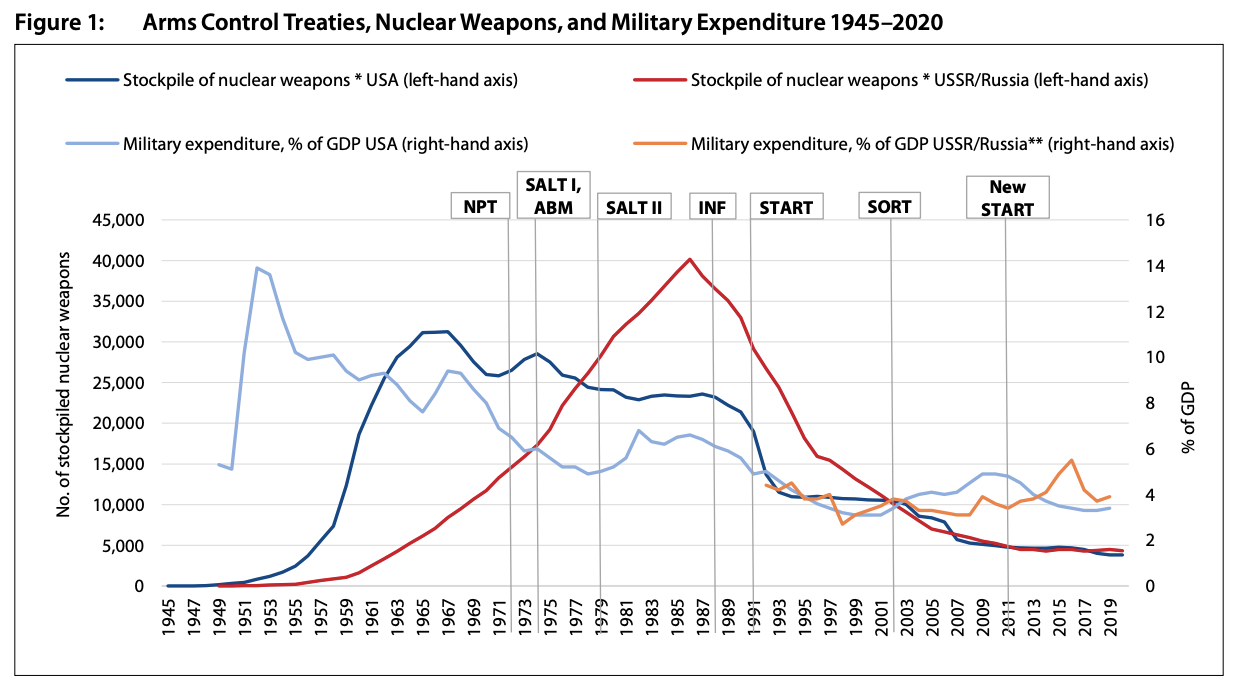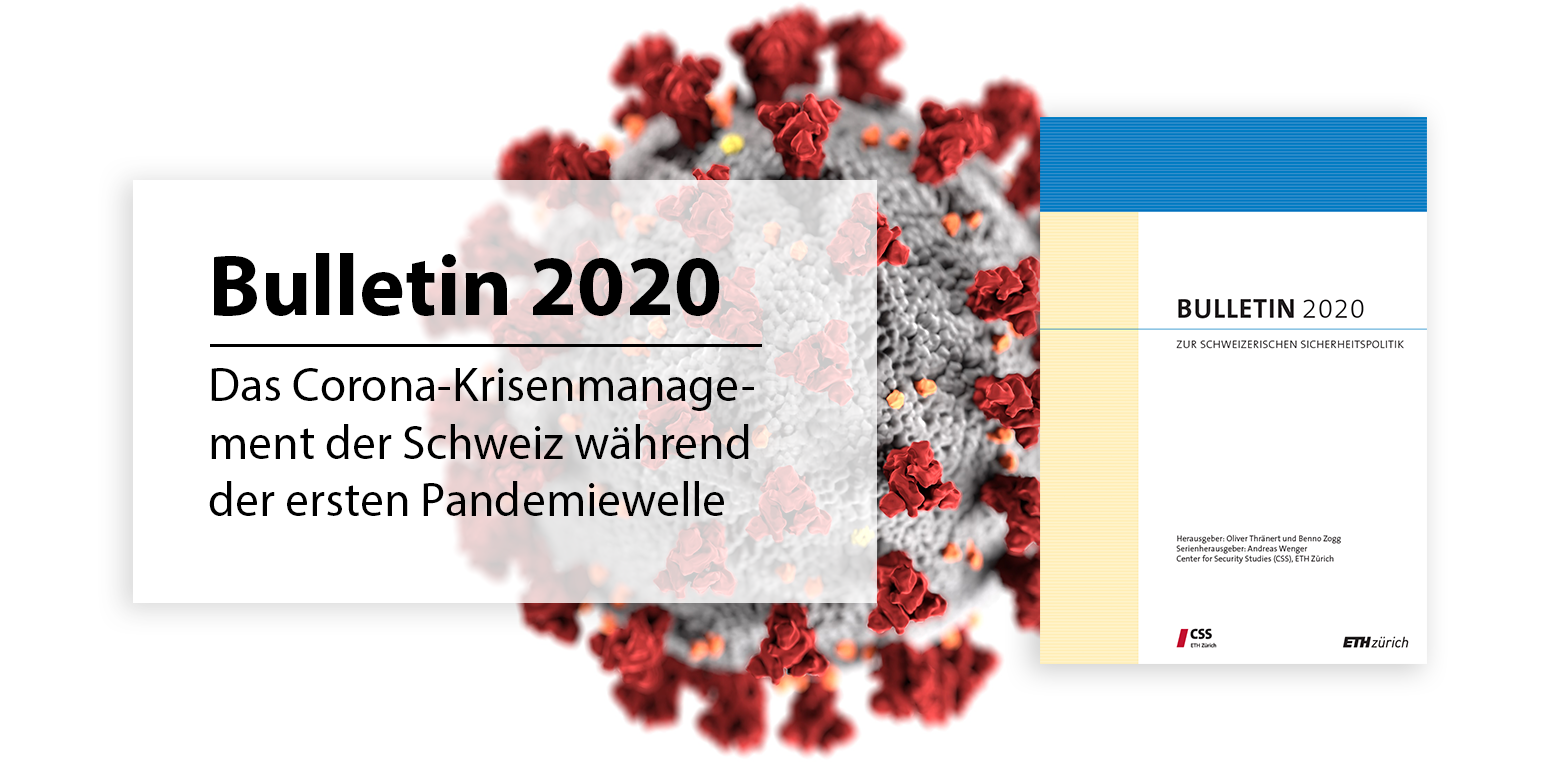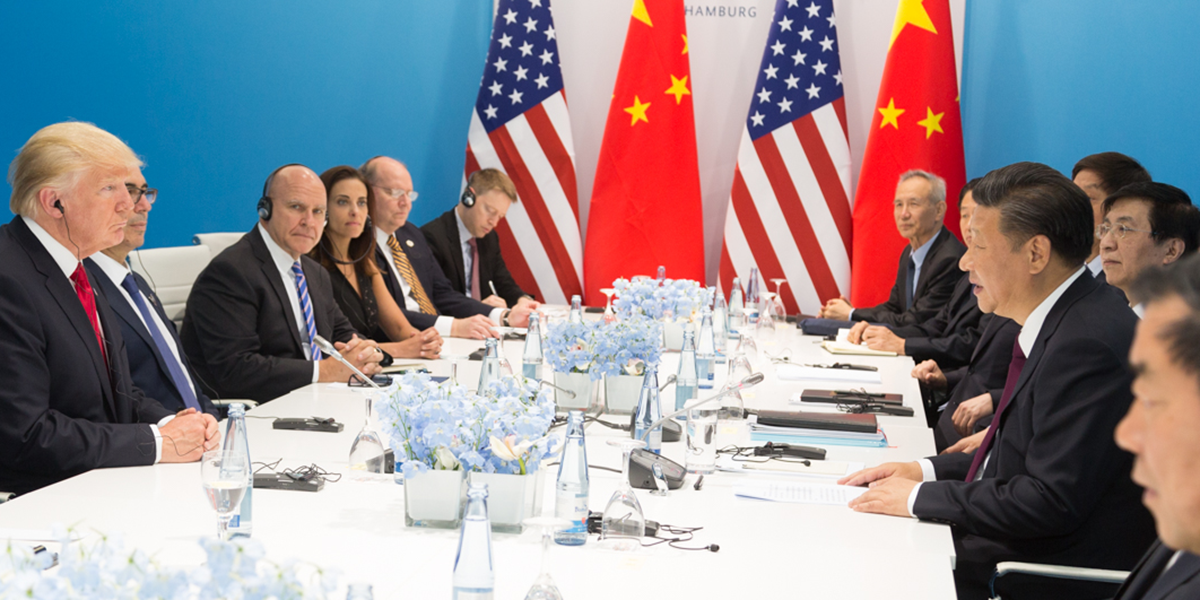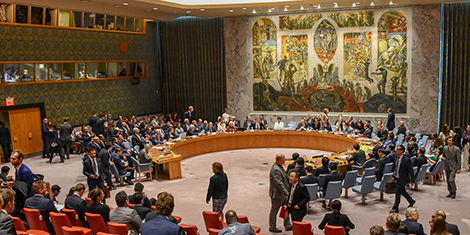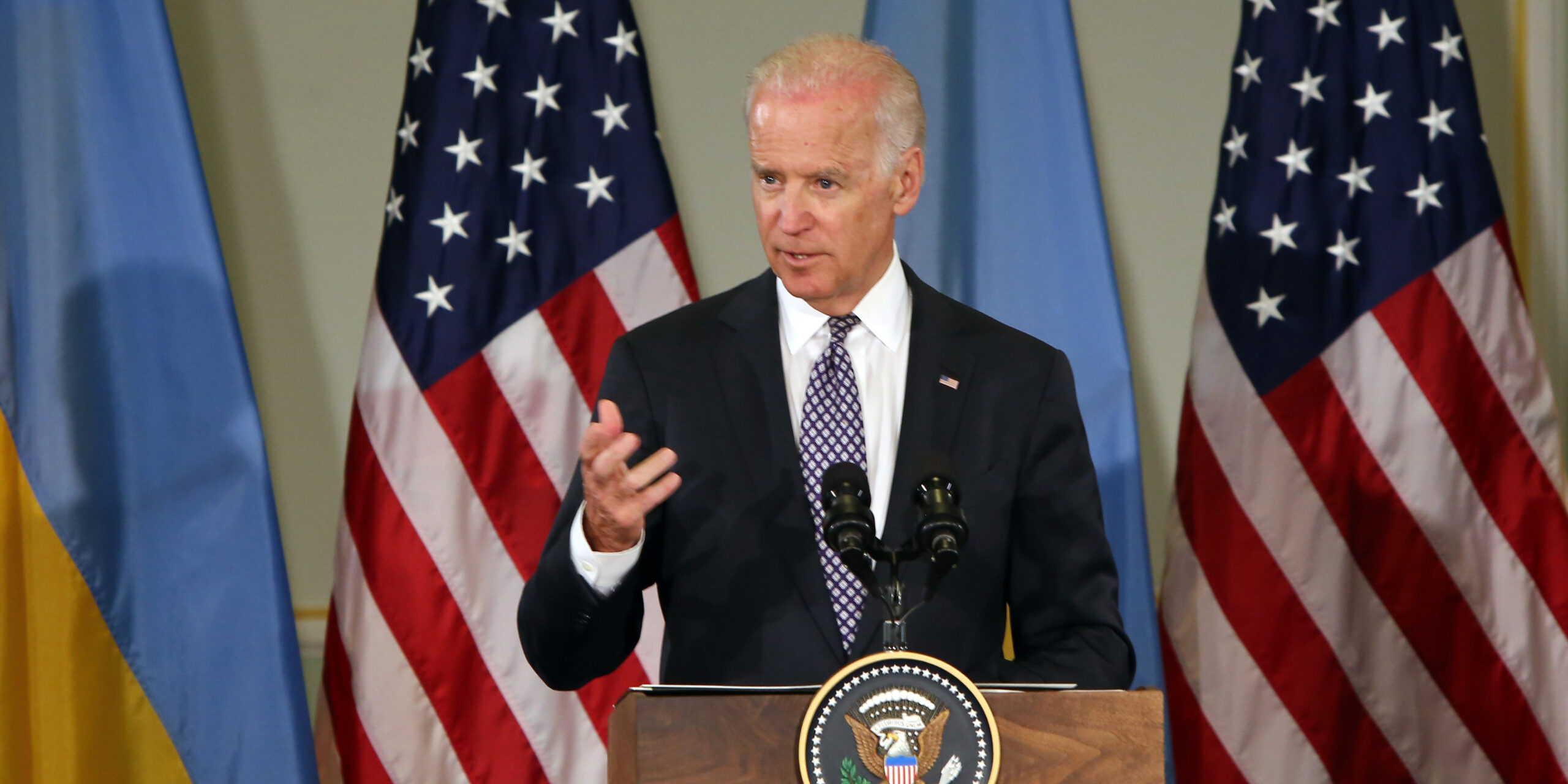
Image courtesy of U.S. Embassy Kyiv Ukraine/Flickr.
Russian foreign policy needs to be understood and adequately addressed for diplomacy to have a chance for a comeback in NATO-Russia relations. Here, the election of Joe Biden as US president could serve to reverse the worrisome tendencies in US foreign policy under Trump and restore pragmatic dialog and direct military contacts with Moscow. Calls from expert communities for rebuilding the arms control architecture to reduce the risk of unintended incidents and escalation are growing louder.

